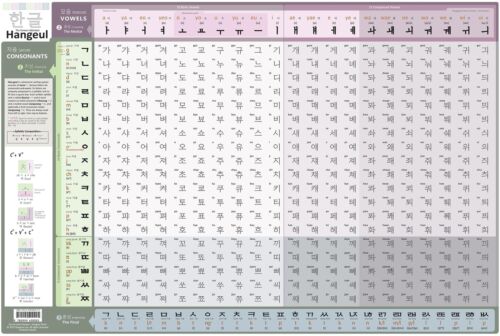-40%
Bangor and Aroostook Stations and Structures written by George and Katherine Mel
$ 10.56
- Description
- Size Guide
Description
New in shrink wrapped package, discounted from list price of .95.This is a soft cover book demonstrating the various stations and structures along the Bangor and Aroostook Railroad written by George and Katherine Melvin in 2012. There are 144 pages with both color and black and white photos.
When you consider the Bangor & Aroostook in the context of other similar railroads in the United States, you might realize that the BAR did not have a clever slogan other than early artwork that proclaimed that it was “The B&A.” Other smaller Class I railroads coined nicknames like “The Gateway to...” or “Quicker via....” Then there was the slogan that claims “We have the Connections”
implying that that railroad had more or better connections than others. Being where the BAR was located, meant it really had no need to make claims that would imply that it had an edge over the competition; where the Bangor & Aroostook toiled to transport passengers or freight, there wasn’t really much competition for rail service. So the herald that the railroad used for years simply stated “Serving Northern Maine.” The cast metal sign above, photographed along U. S. Route 1 in Searsport directed interested parties to the station and dock facilities down Trundy Road from Route 1, “the main drag.”
As we open the book with the Southern Division, we see a contrast between the original trackage that became part of the Bangor & Aroostook in 1891, built in a 15 year period beginning in 1869 and newer lines built to a higher standard of engineering during the railroad’s second decade of existence. These were heady years when the line was pushed south to tidewater and north into
Aroostook County and the modern Bangor & Aroostook was formed. While there was an urgency to expand, most of it was not driven by the need to “get there first.” In most cases, towns and commerce were established well before the railroad came through so as the lines were being opened, stations and other facilities were being built based on a judgment of what the needs might be of a community or a remote crossroads. In most cases, nothing much happened to bring any crushing amount of industrial development that would make these early facilities less than sufficient to handle the business through its peak years. The development of the paper mills at Millinocket and East Millinocket were an exception of course. The presence of the newly built railroad had to have been a factor in their location. The most striking evidence of the expansion of facilities was the creation of the shop town of Derby but this was in response to a need for better equipment and in a location that was easily reached by the expanding system, not the locating of a new industry. As you go through the pages that follow, take notice of just how many buildings were still in existence in the years the majority of these photos were taken. While some buildings were for sale, they were with few exceptions still in remarkably good condition, even if they sat unused and boarded up. Let’s begin a tour of the railroad during its greatest years!




















